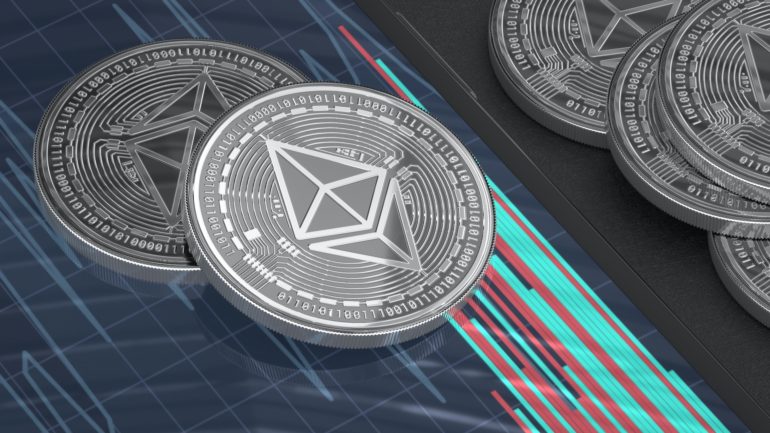The Ethereum network has been working for years to transition from its energy-intensive proof-of-work blockchain to a more efficient proof-of-stake system, and its developers have now proposed a timetable for the transition. It’s not final yet, but during a call broadcast on the Ethereum Foundation’s YouTube page, they agreed to submit this pull request proposing to make the change when the network hits a certain difficulty level, which should happen on September 15th or 16th.
Terminal Total Difficulty (TTD) indicates the mining of a certain block at 58750000000000000000000 where the old network finishes and the new one starts.
This would alter the infrastructure that underlies Ether, the second most valuable cryptocurrency behind Bitcoin, as well as a variety of other blockchains and distributed programmes that link to the network in different ways. There have already been testing and shadow forks to attempt to detect possible difficulties, and a now-completed merging with the last testnet, Goerli, has gone well enough to help narrow down actual live network data.
Bitcoin and Ethereum now depend on proof-of-work methods to conduct secure transactions that allow cryptocurrency trading and other blockchain-based activities. Computers all across the globe link to verify transactions, solving cryptographic challenges in a race to mine blocks and earn precious cryptocurrency for those who run them.
Proof of stake, which is already employed by other blockchains, may substantially cut energy consumption by having miners lock up crypto they already hold as collateral for the opportunity to verify transactions and risk the penalty of losing those tokens if their calculations fail.
Shifting the network over in September — a strategy that does not sit well with everyone who currently mines Ethereum — would put it a little outside the three-month window Chris Dixon proposed on our Decoder podcast in April, but it could help address one major issue with Web3 and blockchain projects once it’s completed.

